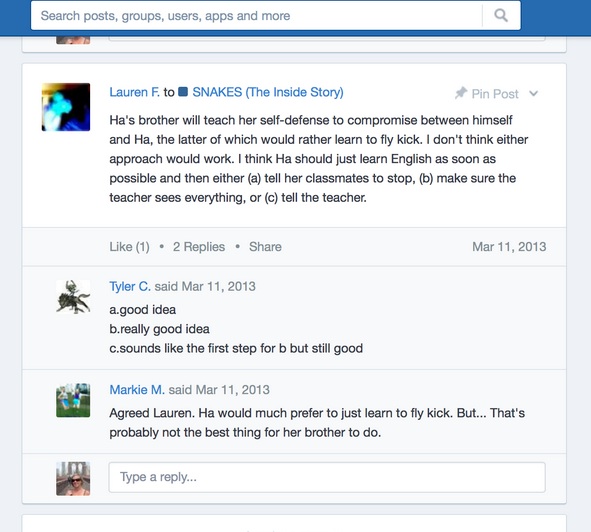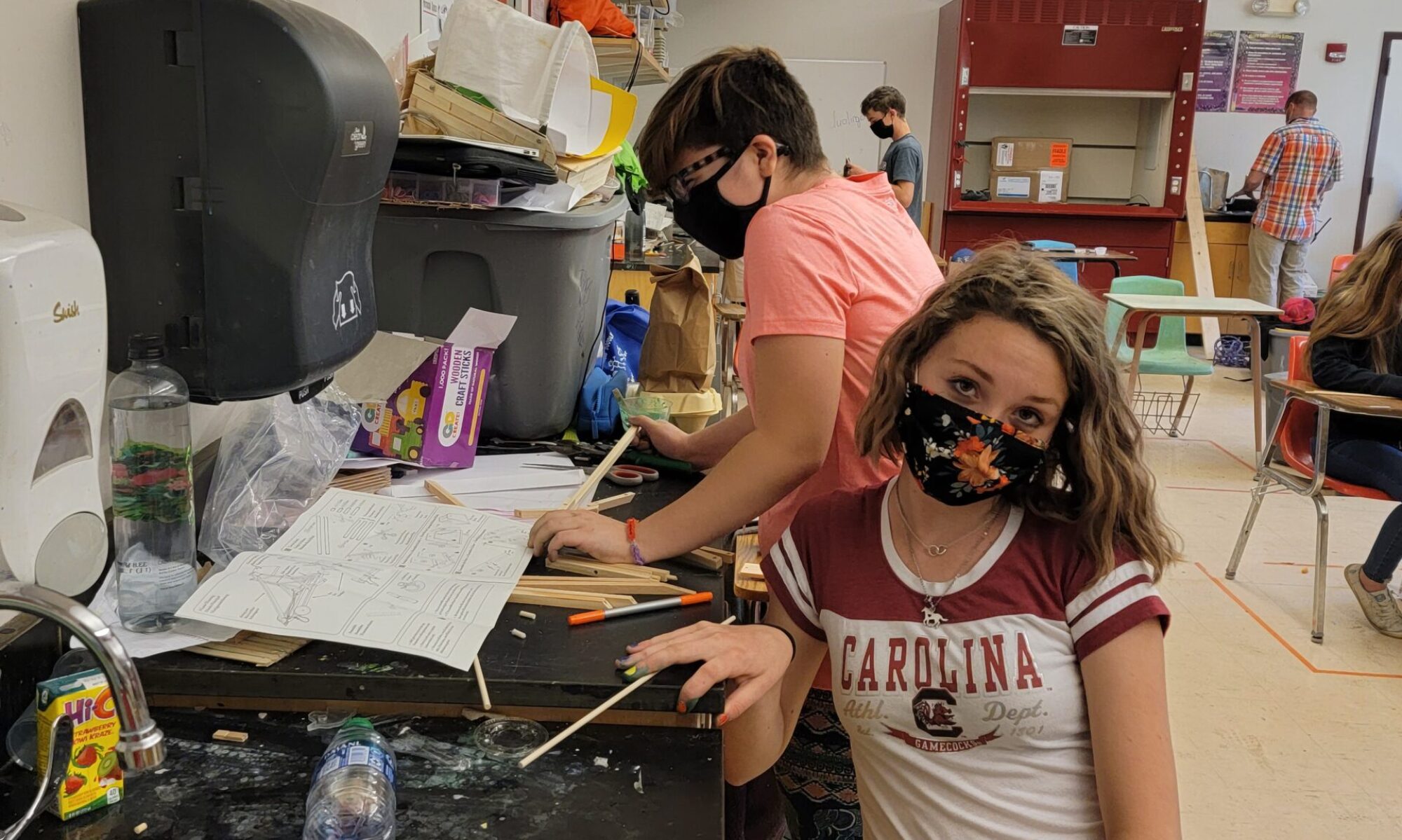Online collaboration extends student learning networks
 Online collaboration takes on new significance as students extend their learning network in conjunction with more personalized and meaningful learning: they can use online networks to learn with mentors, with community partners, remote collaborators and with asynchronous and synchronous group work.
Online collaboration takes on new significance as students extend their learning network in conjunction with more personalized and meaningful learning: they can use online networks to learn with mentors, with community partners, remote collaborators and with asynchronous and synchronous group work.
The online world is collaborative. In schools, we should take advantage of the opportunity to collaborate online. There are a myriad of possible options for our students. Let’s explore a few….
Connect outside of your classroom community
 In the past, I have used edmodo and other learning management systems to create an online class community for discussion.
In the past, I have used edmodo and other learning management systems to create an online class community for discussion.
In one scenario, we linked the students in my classroom to other students around the state. We all read the same novel – Inside Out and Back Again by Thanhha Lai – at virtually the same time. Regularly, students would discuss the book, share ideas, and post products within this online community.
It was hugely successful.
Kids were excited about reaching others; they were motivated to stay in the loop and keep up with assignments; discussions became richer and deeper due to the participation.
There are many platforms that can be used; we used Edmodo in this case, mostly because it was free and easy for students from all schools to use.
Connect with and gain expertise from a remote expert
These days, video conferencing applications are free and easy to use. I use Google Hangouts on a regular basis to connect with colleagues and teachers. Many people use Skype, as well. It doesn’t matter which you use; but there are so many applications. As educators, we want to encourage our students to explore personal interests and to engage in real-world issues. Never before has it been easier to gain knowledge from those afar.
One year, a reading group in my class read The Revealers by Doug Wilhelm. Actually, we’ve read it a few times after it was published, but this was most recently. I had known that the author was a local Vermont man, and I reached out to him through email. Within weeks, my students had contacted Mr. Wilhelm and scheduled a 1 hour Skype session. They were ecstatic!
For the days leading up to the Skype call, the students planned the agenda, brainstormed questions, and tested the technology. When the day of the Skype arrived, the event did not disappoint. Students were thrilled, engaged, and connected; the author was gracious, thoughtful, and curious about the responses of his readership.
It’s actually become relatively common for children and young adult book authors to video conference with classrooms. Vermont YA author Kate Messner frequently Skypes with students, which looks like this:
Collaborate with Google Tools
Lastly, there’s host of purposes for collaboration in classrooms by using Google Docs and other Google Apps. Many of you know that when you create Google Docs or Google Slides or whatever, you can share them with editing privileges so that you can collaborate with others. Sometimes, I found it beneficial for students to work with others on a project; let’s say it’s a slideshow presentation teaching the audience about an aspect of Islam. With Google Slides, two or more people can all contribute to the content. It’s a beautiful thing!
 Online collaboration extends student learning networks by giving them the ability to interact with people they might otherwise not have any access to.
Online collaboration extends student learning networks by giving them the ability to interact with people they might otherwise not have any access to.
The collaborative nature of the tools available means that the interactions consist of authentic, real-world activities that contribute to the learners’ sense of themselves and their effect on the world around them.
Who do your students collaborate with online?
Who have they identified as being meaningful to work with?
Need to catch up on your edtech ABCs? Check out the full series here.


Online collaboration extends student learning networks http://t.co/TN2kTuiBf6 http://t.co/rSQCovadAD
RT @innovativeEd: Online collaboration extends student learning networks http://t.co/TN2kTuiBf6 http://t.co/rSQCovadAD
RT @innovativeEd: Online collaboration extends student learning networks http://t.co/TN2kTuiBf6 http://t.co/rSQCovadAD
ABCs of EdTech on a Friday: O is for Online Collaboration http://t.co/THchzD89F4
O is for Online Collaboration http://t.co/As4DpQ5b55 via @innovativeEd
So many opportunities: O is for Online Collaboration http://t.co/Tl9ZzNIgpB #vsla #vted #tlchat #edli27215
O is for Online Collaboration http://t.co/F0BhWJbCYd via @innovativeEd
Online Collaboration http://t.co/uCwDasYouK